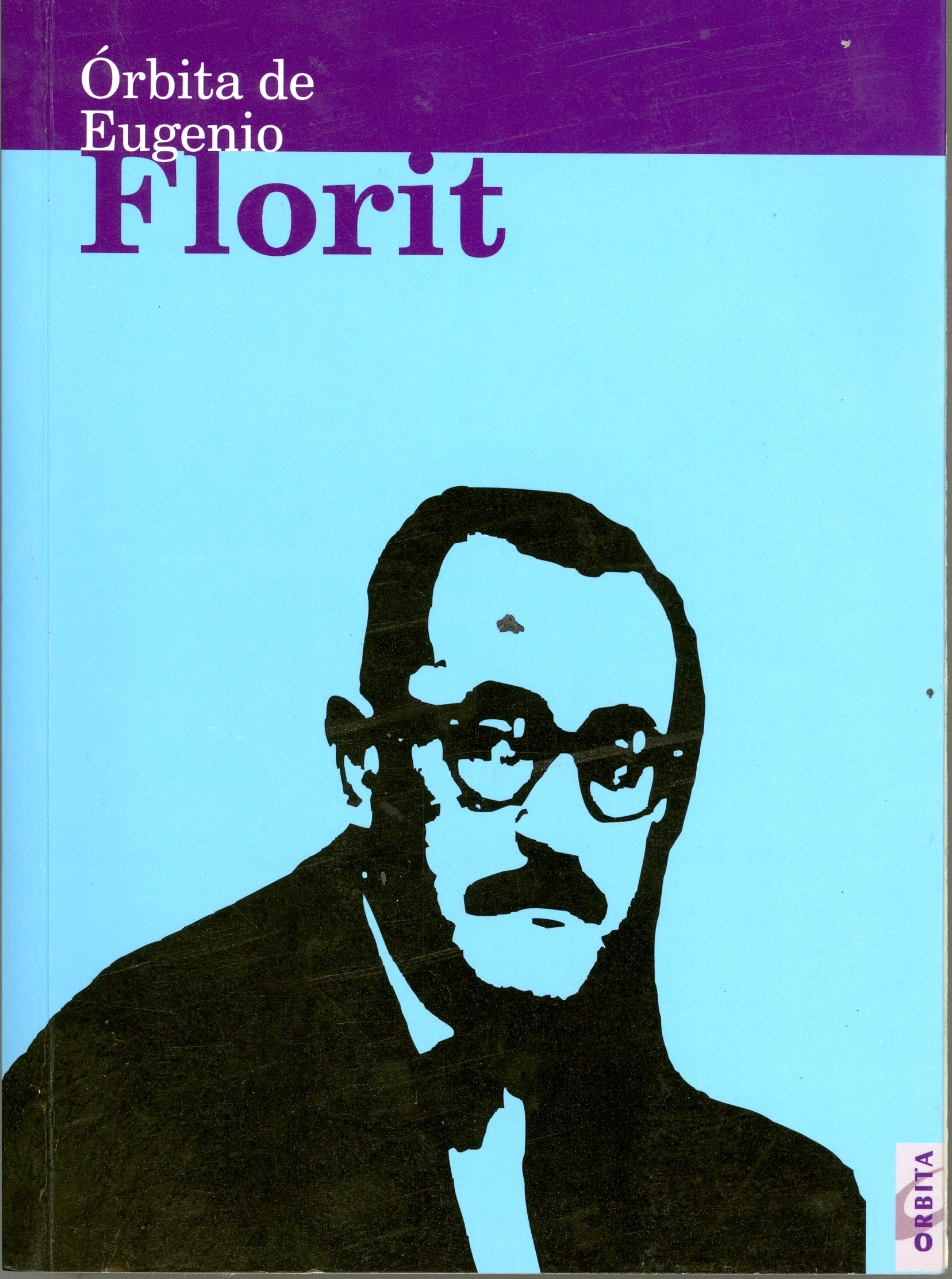4.1.1.15.1 First poetic forays of Eugenio Florit (1903 – 1999)

Eugenio Florit’s first poetic works were “32 poemas breves” (32 short poems), from 1927, and “Trópico” (Tropic), from 1930, which reveal the development of a lyrical sensibility of great significance for Cuban poetry and, in general, for the Spanish language. A certain baroque style emerges during this period, which, although of Creole influence, is closely associated with the Gongorism cultivated by many Spanish poets.
In “32 Short Poems,” the purist perspective of poetry is already evident, although it would not reach the level of an absolute aesthetic creed in this poet. However, the characteristic of the absence of a participating ego is already noticeable here, from a rather detached emotional modulation, where the lyrical has a weight per se, which the poet achieves through abandoning the immediacy of his circumstances.
A metapoetic connotation ascends through the pieces, a concentrated, self-contained lyricism, marked by signs of “tropicalized baroque,” already anticipating other, more significant creations. To the “pure” and the “baroque,” in an already difficult harmony, are combined avant-garde elements, especially in the leitmotif of machines and labor, without a truly social connotation, generally absent from Florit’s poetry:
“Iron and cement, there is a swarm
of workers between iron and cement.
A huge machine
is drilling the iron.
Another mixing machine
stone and cement.
Another nailing machine
two iron arteries.
The workers –spiders-
they approach the sky
suspended
by strings, like fragile dolls.
The sun burns on the stone,
in iron,
on the thick pillars
and on the worker’s burnt skin.
(The red sun dances a saraband
of sweat and fire.)
And some upright beam,
challenger of heaven,
he is proclaiming in the air
-full
from the creaking of the cranes-
the iron consortium
and the worker.”
“Trópico” (Tropic) reveals the island’s earthly influence on the poet, to which he pays authentic tribute in his verses, simultaneously delving into the rural environment, using a folk idiom that finds its proper outlet in the décima (tenth verse) as the quintessential expression of Cubanness in poetry. The collection’s division into the “Field” and “Sea” sections demonstrates a vision of Cubanness that permeates from the outside to forcefully insert itself into the nourishing current of the national.
According to Virgilio López Lemus, “Florit recovers the essence of the décima for a poetry that, emanating directly from the people, seeks the borderless value of a universal expression. This touch on the décima in the words of the people, gives rise to verses that, if not of open protest or social participation, are of complaint about the landscape; they are of nationalist intent.”
These two collections of poems precede Florit’s definitive consecration as a poet, illustrating in their diversity his search for a satisfactory expressive channel for his creative interiority. The fact that both were published in Cuba in the late 1920s gives them certain affinities with the group organized around the “Revista de Avance,” through which he drew from the subterranean sources of Cuban identity.








